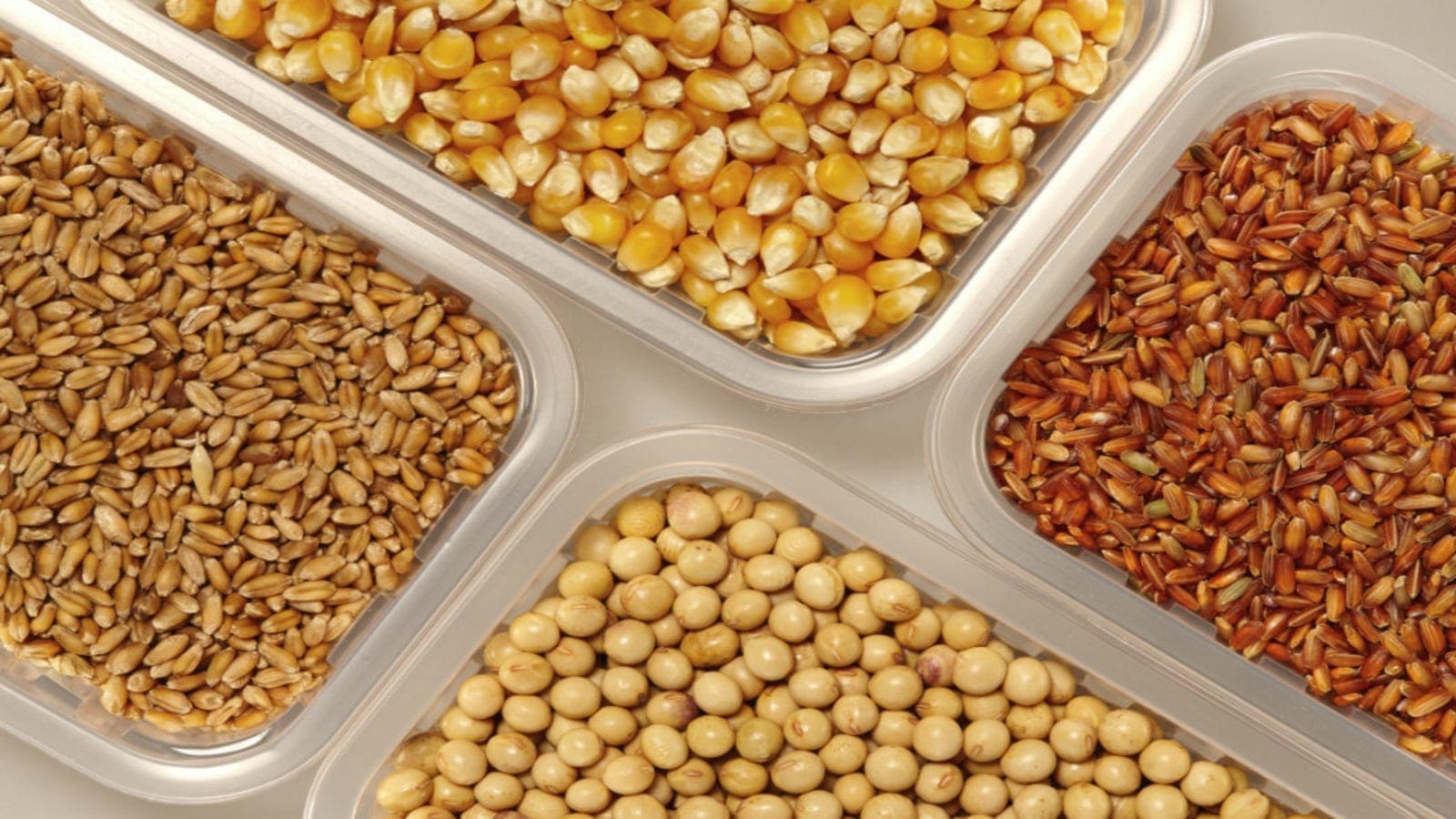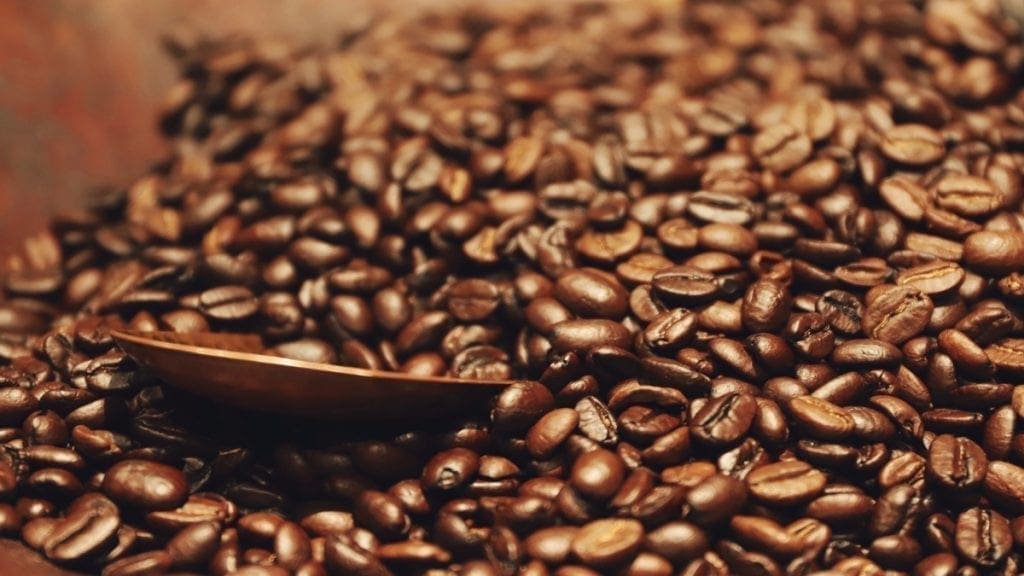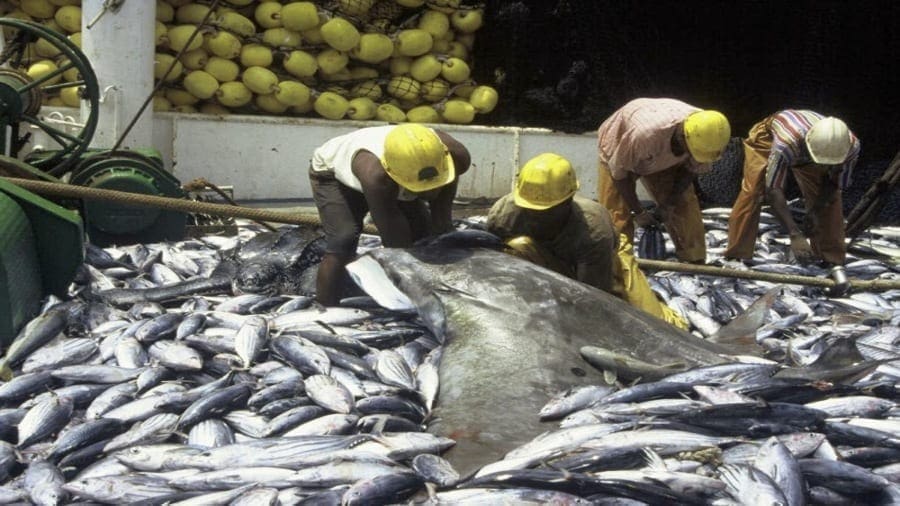GLOBAL – The United Nations Food and Agriculture Organization’s (FAO) forecast for world cereal production in 2022 has been cut by 7.2 million tonnes this month and is now pegged at 2 756 tonnes, 2.0 percent (57 million tonnes) lower year-on-year.
The global cereal stock-to-use ratio is estimated to drop to 29.3% in 2022-23 from 30.9% in 2021-22, registering the lowest level since 2013-14.
The forecast marries with the impact of the Russia -Ukraine conflict that has made post-harvesting operations in Ukraine prohibitively expensive, compelling many farmers to leave planted areas unharvested.
Ukraine exports plunge
This has impacted the country’s exports which as of November had plunged by 30% to 18.1 million tonnes when compared to 25.8 million tonnes that had been exported by the same period in 2021.
In November only, Ukraine’s wheat export fell to 1.58 million tonnes from 1.98 million tonnes in October, according to a report by Reuters citing the Ukrainian Grain Association (UGA).
This may improve in the coming months as the deal brokered by the United Nations and Turkey (The black sea grain initiative) in July got extended for another 120 days allowing for more Ukrainian grains to reach international markets.
Although the situation with Ukraine is improving, concerns over the affordability of inputs have raised uncertainty over global planting expectations, although the elevated crop prices could help to maintain an above-average area.
The impact of low grains production in Ukraine is projected to cut world cereal production in 2022 by 7.2 million tonnes to 2.756 tonnes, a 2% (57 million tonnes) lower year after year.
Cereal utilization remains steady
According to the FAO Cereal supply and demand brief for November, there is a projected 1.1 million tonne decline in grain reserves since October to 839 million tonnes representing a 2.2% (18.5 million tonnes) decline from the previous seasons and the lowest in three years.
The impact of low grains production in Ukraine is projected to cut world cereal production in 2022 by 7.2 million tonnes to 2.756 tonnes, a 2% (57 million tonnes) lower year after year.
However, the world cereal utilization in 2022-23 is focused at 2.777 billion tonnes. This figure didn’t record a significant change in comparison to October at a 0.7% (21 million tonnes) decline from 2021-22.
The most recent downgrade mainly concerns maize and, albeit by a smaller amount, wheat production. The foreseen decline is driven mostly by an expected contraction in feed use, especially of maize, but also of barley and sorghum, as well as industrial use of maize.
However, a rise in the use of wheat for food is predicted to counter an expected fall in feed use and, to a much lesser extent, in other uses.
The forecast for total utilization of coarse grains in 2022-23 has been lowered marginally (1.2 million tonnes) from the previous forecast in November to 1.484 billion tonnes, marking a likely 1.3% fall from the previous season.
On the other hand, World trade in World trade in cereals forecast for 2022-23 is at 472 million tonnes, up 2.7 million tonnes from last month but still pointing to a likely 1.9% (9.2 million tonnes) contraction from the 2021-22 record level.
For all the latest food industry news from Africa and the World, subscribe to our NEWSLETTER, follow us on Twitter and LinkedIn, like us on Facebook and subscribe to our YouTube channel.











